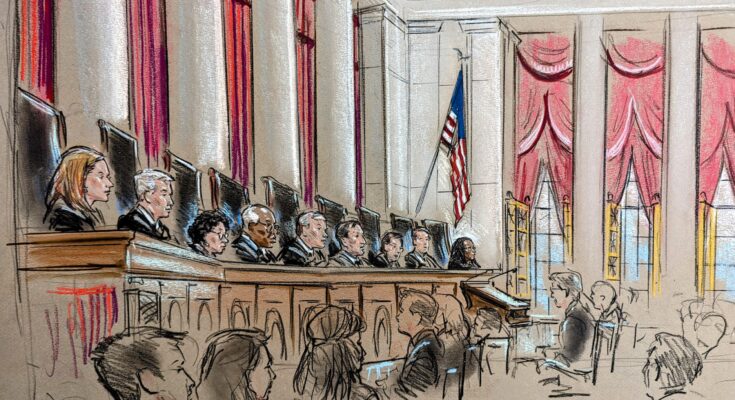Understanding the Dynamics of Loan Forgiveness in New York

Introduction
Understanding the Dynamics of Loan Forgiveness in New York Loan forgiveness programs have gained significant traction in recent times, especially against the backdrop of economic uncertainties and financial burdens faced by individuals. Among the various states in the United States, New York stands out for its unique approach to loan forgiveness initiatives. This article delves into the intricacies of loan forgiveness programs in New York, exploring the eligibility criteria, application process, and the broader implications for borrowers.
The Landscape of Loan Forgiveness in New York

New York’s loan forgiveness landscape encompasses diverse sectors, ranging from education to healthcare and public service. One of the prominent programs is the New York State Loan Forgiveness Program (NYS-LRP), aimed at incentivizing healthcare professionals to serve in underserved areas. Through this initiative, healthcare practitioners, including physicians, dentists, and nurses, can receive loan forgiveness for their educational debts in exchange for serving in designated areas experiencing healthcare shortages.
Similarly, New York’s Higher Education Services Corporation (HESC) administers various loan forgiveness programs tailored for individuals working in public service, education, and non-profit sectors. These programs offer relief to borrowers burdened by student loans while encouraging them to contribute to the betterment of communities across the state.
Eligibility Criteria
Eligibility criteria for loan forgiveness programs in New York vary depending on the specific initiative and profession. Typically, applicants must demonstrate their commitment to serving in high-need areas or fulfilling designated roles within eligible organizations. Moreover, factors such as employment duration, loan type, and compliance with program requirements play crucial roles in determining eligibility.
For instance, the NYS-LRP requires healthcare professionals to work full-time in designated shortage areas for a specified period, typically two to four years, depending on the level of assistance sought. Similarly, public service loan forgiveness programs necessitate applicants to have made a certain number of qualifying payments while working full-time for eligible employers.
Application Process

Navigating the application process for loan forgiveness in New York can be daunting, given the multitude of programs and specific requirements. Prospective applicants are advised to thoroughly research available initiatives and assess their eligibility before initiating the application process.
Typically, applicants are required to submit detailed documentation, including proof of employment, loan records, and supporting statements. Ensuring accuracy and completeness of the application is crucial to avoid delays or rejections. Moreover, seeking guidance from knowledgeable resources, such as financial aid advisors or program administrators, can enhance the likelihood of a successful application.
Implications and Benefits
The implications of loan forgiveness programs extend beyond individual borrowers, impacting communities, and the broader economy. By incentivizing professionals to work in underserved areas or critical sectors, these initiatives contribute to addressing societal needs, improving access to essential services, and promoting economic development.
Furthermore, loan forgiveness programs alleviate financial burdens on individuals, enabling them to pursue career paths aligned with their passions and societal priorities. This, in turn, enhances workforce retention, fosters professional fulfillment, and cultivates a sense of social responsibility among participants.
Challenges and Considerations

Despite the numerous benefits, loan forgiveness programs in New York face certain challenges and considerations. Limited funding allocations, evolving eligibility criteria, and bureaucratic complexities can hinder accessibility and effectiveness. Moreover, changes in political administrations or budgetary constraints may impact the continuity and availability of these programs, necessitating ongoing advocacy and monitoring.
Conclusion
In conclusion, loan forgiveness programs in New York play a pivotal role in addressing educational debt burdens, promoting workforce diversity, and addressing critical societal needs. By understanding the eligibility criteria, navigating the application process, and leveraging available resources, borrowers can harness the benefits of these initiatives while contributing to the betterment of communities across the state. However, sustained efforts are required to address challenges and ensure the longevity and efficacy of loan forgiveness programs in New York. Through concerted efforts by stakeholders, including policymakers, educators, employers, and borrowers, New York can continue to lead in fostering a supportive environment for loan forgiveness, thereby fostering equitable access to opportunities and advancing social and economic progress.
